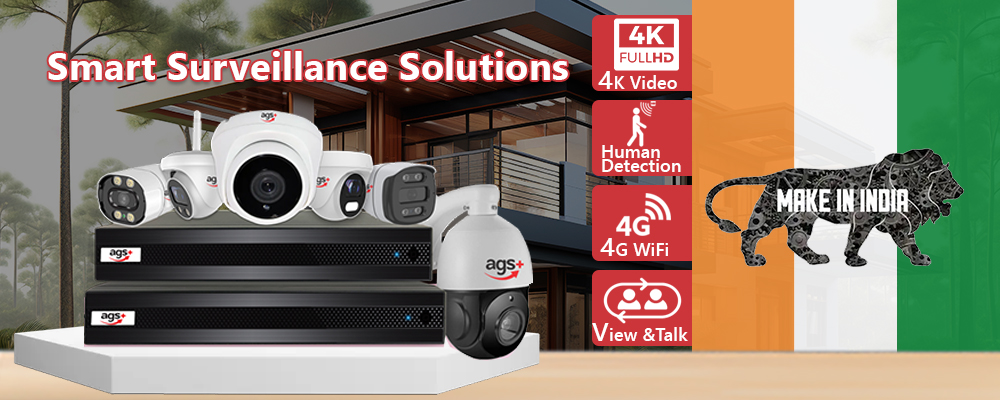Pan,Tilt ?
In the dynamic landscape of surveillance technology, PTZ (Pan-Tilt-Zoom) cameras stand as pillars of adaptability and versatility. With their ability to pan and tilt, these cameras offer a comprehensive view of any environment, ensuring no corner goes unmonitored. Join us as we explore the essential features and benefits of PTZ cameras, focusing on their pantilt capabilities and their indispensable role in modern surveillance systems.
PanTilt: The Dynamic Duo of Surveillance: PTZ cameras are equipped with motorized mechanisms that enable them to pan horizontally and tilt vertically, providing operators with unparalleled control over their field of view. This dynamic range of motion allows PTZ cameras to track subjects in real-time, follow suspicious activity, and provide comprehensive coverage of large areas, both indoors and outdoors.
Enhancing Surveillance Flexibility: The pan and tilt functionality of PTZ cameras empowers security personnel to respond swiftly to emerging threats and incidents. Whether monitoring a sprawling campus, a bustling city street, or a critical infrastructure site, PTZ cameras can be remotely controlled to adjust their viewing angle, zoom in on specific details, and track subjects as they move through the scene. This flexibility ensures that security teams can maintain constant vigilance and adapt to evolving security challenges.

Optimizing Security Operations: By harnessing the pan and tilt capabilities of PTZ cameras, organizations can optimize their security operations and enhance situational awareness. Security personnel can remotely pan and tilt the cameras to monitor blind spots, investigate suspicious activity, and coordinate response efforts in real-time. Additionally, PTZ cameras can be integrated with advanced analytics and motion detection algorithms to automate surveillance tasks and provide proactive alerts to security teams.
Deploying PTZ Cameras Effectively: To maximize the effectiveness of PTZ cameras in surveillance operations, it’s essential to deploy them strategically and configure them properly. Security professionals should identify key areas of interest, such as entry points, high-traffic areas, and critical infrastructure assets, and position PTZ cameras to provide optimal coverage. Additionally, PTZ cameras should be integrated into a comprehensive surveillance system that includes other security devices, such as fixed cameras, access control systems, and video management software.
Conclusion: As the cornerstone of modern surveillance systems, PTZ cameras with pan and tilt capabilities play a crucial role in safeguarding assets, protecting personnel, and deterring criminal activity. With their dynamic range of motion and remote control functionality, PTZ cameras offer unparalleled flexibility and effectiveness in monitoring large areas and responding to security incidents in real-time. By leveraging the power of pan and tilt, organizations can enhance their security operations, optimize their surveillance efforts, and maintain a proactive stance against emerging threats.
